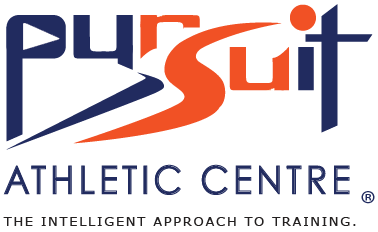5 Indicators of a Poor Fitness Routine
BY: Adam Martin
We are a few months into the new year and with any luck you have been able to start up a suitable routine for your schedule! While we are only a few months in, it is always a good idea to constantly audit your habits to maximize the return on your investment into your health. Are you getting enough sleep, drinking adequate amounts of water, limiting alcohol, training consistently and eating to support your goals?
When it comes to training in the gym, it’s very important to be invested in what kind of program you are doing and not just going through the motions. The mainstream fitness media has painted a harmful picture of what they think training should be. This often involves puddles of sweat, training until you puke, debilitating soreness or fatigue, and unrealistic results. It doesn’t have to be this way. Whether you are just starting out or are a seasoned vet in the gym here are some things to keep in mind when you are exercising.
5 indicators of a poor fitness program or training session:
Being Tired
Yes, being fatigued during a training session or after might be the case but if this is something you are seeking out prior to your session you may be off the mark. For example, during a strength training session where heavier loads and longer rest periods are being used, you might not actually ‘feel that tired’ but you will be putting a different kind of stress on your body. Any program can make you feel tired but is it making you better?
Being Sore
While you might get sore from starting a new program or introducing a new set of exercises, it should not be the number one goal while training. We have heard many people in the past say that not being sore from a session means that they felt it was not an effective workout. Chasing being sore can do real damage to your body. We want to see you lifting more weight, doing more reps, improving your conditioning and becoming more efficient at your movements. This is progress, not how sore you can make yourself feel.
Being Sweaty
Chasing a sweat does not always mean the session was effective. While again, you may sweat BECAUSE you are exercising, it should not be the main goal of the session. Try performing the exact same session in the winter vs the summer and you’ll likely have much different levels of sweat. Our bodies are all different, for some it takes very little to get a sweat going, while others may not sweat all. You don’t want to have to keep doing more and more just for the sake of chasing a sweat. This is not a good measure of progress; it doesn’t determine whether the session was effective or not. It takes skill and thought to design a proper session, while sweat may not always be involved.
Random Training or Changing things up too often
Failing to plan is planning to fail. Switching your routine up too much or training at random to ‘keep your body guessing’ is not the most effective approach. What works is sticking to something consistent and suitable to your level. Constantly changing or program hopping will not give you the necessary time to see progress. Be patient, there is a reason boring works.
Not Prioritizing Recovery
We are not necessarily talking about recovery between sets or even exercises within a session – but more so your recovery from day to day between workouts. Being able to optimally balance the stress from training, your life and what you do in response to it will get you the best results. This means placing special importance on sleep, mobility, active recovery, hydration, protein intake and consuming a nutrient rich diet. Recovery is just as important as your training. Being in tune with when your body needs a break versus when it’s time to push takes real thought. You can train hard, but you need to recover harder.
Ready to make the commitment to proper training with real results, Join The Pursuit!

